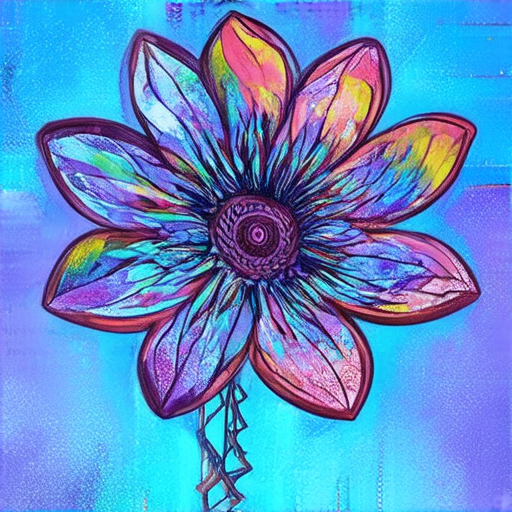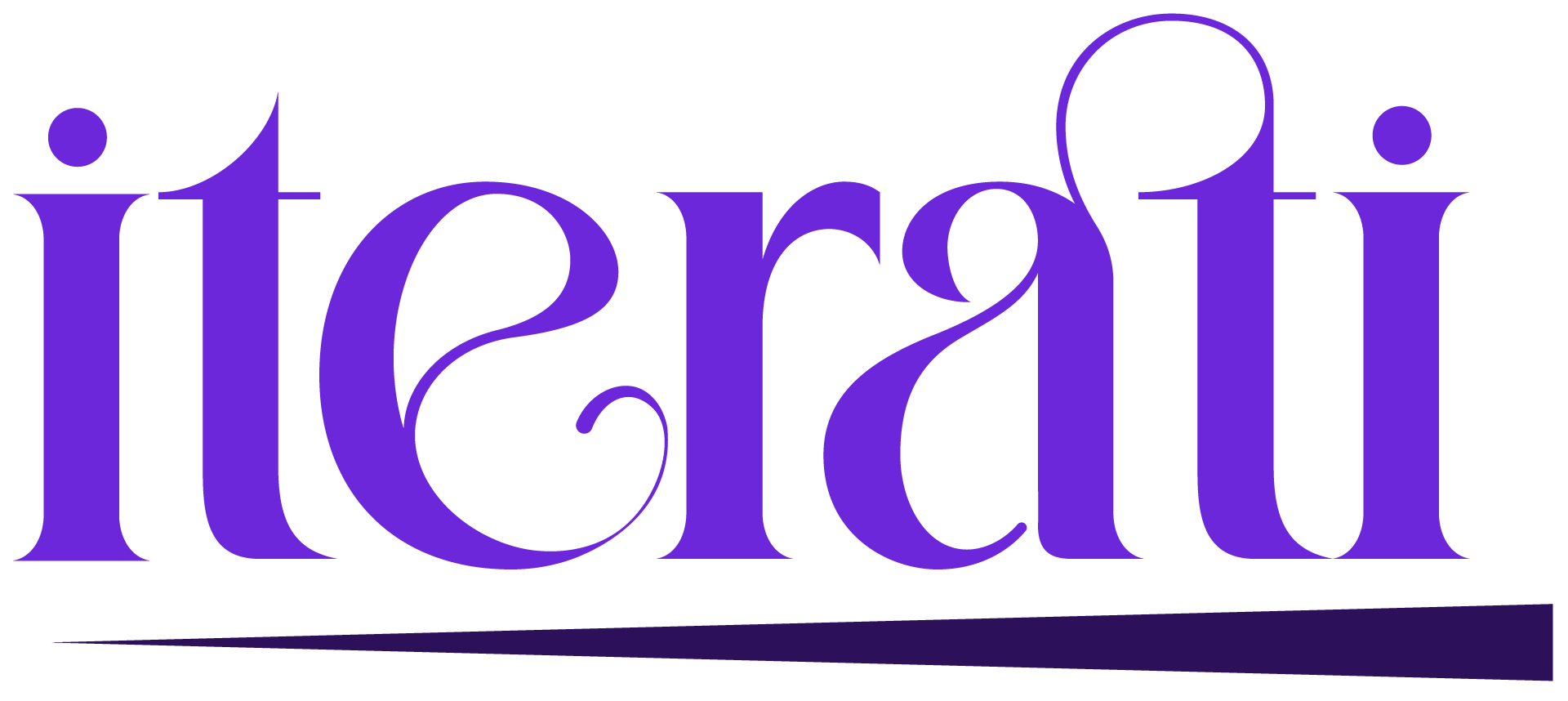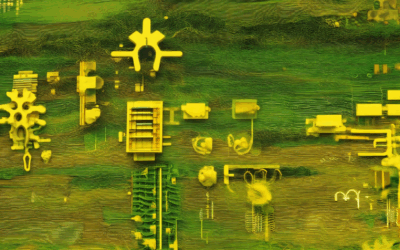In today’s fast-paced business landscape, innovation and creativity have become essential components of success. As renowned innovator and thought leader, Henry Ford once said, “If I had asked people what they wanted, they would have said faster horses.” This quote highlights the importance of embracing change and pushing boundaries to stay ahead of the curve. By fostering a culture of innovation and creativity, businesses can unlock new opportunities, drive growth, and remain competitive in an ever-evolving market.

Understanding Innovation and Creativity
Innovation and creativity are two interconnected yet distinct concepts that play a vital role in driving progress and growth in various fields, including business, art, science, and technology.
Defining Creativity
Creativity refers to the ability to generate novel and original ideas, solutions, or products through imagination and ideation. It involves thinking outside the box, exploring unconventional approaches, and finding innovative ways to solve problems.
- Creativity can manifest in various forms, such as artistic expression, scientific discovery, or technological advancements.
The Role of Imagination in Creativity
Imagination is a crucial component of creativity. It enables individuals to envision alternative scenarios, possibilities, and outcomes, which can lead to the development of innovative ideas.
Research has shown that imagination is closely linked to cognitive flexibility, divergent thinking, and problem-solving skills (Kounios et al., 2008).
Defining Innovation
Innovation, on the other hand, refers to the application of creative ideas to develop new or improved products, services, or processes.
Innovation requires a deep understanding of market needs, customer preferences, and technological capabilities.
The Importance of Practical Implementation
Practical implementation is essential for innovation to succeed. It involves testing, refining, and iterating upon initial ideas to ensure they meet the desired standards of quality, functionality, and user experience.
Successful innovations often require collaboration among stakeholders, including researchers, designers, engineers, and entrepreneurs.
Key Characteristics of Innovative Organizations
Organizations that foster innovation tend to exhibit certain characteristics, such as:
- A culture of experimentation and risk-taking
- Encouragement of diverse perspectives and ideas
- Access to resources, funding, and talent
- Emphasis on continuous learning and improvement
- Ability to adapt quickly to changing market conditions
Cultivating Creativity and Innovation
To cultivate creativity and innovation, individuals and organizations can adopt various strategies, such as:
- Providing opportunities for brainstorming, ideation, and prototyping
- Encouraging cross-functional collaboration and knowledge sharing
- Fostering a culture of experimentation and failure
- Investing in training and development programs
- Encouraging diversity, equity, and inclusion
Real-World Examples of Innovation and Creativity
Examples of innovative products, services, and processes include:
- Apple’s iPhone, which revolutionized the smartphone industry
- Tesla’s electric vehicles, which transformed the automotive sector
- Airbnb’s peer-to-peer accommodation platform, which disrupted traditional hospitality industries
- 3D printing technologies, which enable rapid prototyping and production
**Innovation and Creativity: A Comprehensive Overview**
**Definition and Importance**
Innovation and creativity are two interconnected concepts that have become essential components of modern society. They enable individuals and organizations to think outside the box, challenge conventional norms, and develop novel solutions to complex problems. By fostering innovation and creativity, we can drive economic growth, enhance productivity, and improve overall quality of life.
Iterati.org, a leading platform focused on technology, innovation, and creative problem-solving, emphasizes the importance of innovation and creativity in today’s fast-paced world.
**Examples of Innovation and Creativity**
Some notable examples of innovation and creativity include:
- Digital Transformation: Innovations in digital transformation have revolutionized industries such as healthcare, finance, and transportation, enabling machines to learn from data and make decisions autonomously.
- Sustainable Energy Solutions: Innovations in renewable energy, such as solar panels and wind turbines, have transformed the way we generate and consume energy, reducing our reliance on fossil fuels and mitigating climate change.
- Personalized Medicine: Advances in genomics and precision medicine have enabled doctors to tailor treatments to individual patients, improving health outcomes and saving lives.
- Virtual Reality (VR) and Augmented Reality (AR): These immersive technologies have opened up new possibilities for entertainment, education, and training, transforming the way we interact with information and each other.
**Key Characteristics of Innovative and Creative Individuals**
Research has identified several key characteristics that distinguish innovative and creative individuals from others. These include:
- Curiosity and Open-Mindedness: A willingness to explore new ideas and consider alternative perspectives.
- Risk-Taking and Resilience: The ability to take calculated risks and bounce back from setbacks and failures.
- Collaboration and Communication: The capacity to work effectively with others and communicate complex ideas simply.
- Emotional Intelligence and Empathy: The ability to understand and manage one’s own emotions, as well as those of others.
**Fostering Innovation and Creativity in Personal and Professional Settings**
To cultivate innovation and creativity in our personal and professional lives, we can try the following strategies:
- Practice Mindfulness and Self-Awareness: Develop a greater understanding of yourself and your thoughts, feelings, and behaviors.
- Seek Out New Experiences and Challenges: Engage in activities that push you out of your comfort zone and encourage learning and growth.
- Cultivate a Growth Mindset: Embrace challenges and view failures as opportunities for growth and development.
- Surround Yourself with Diverse Perspectives: Seek out people with different backgrounds, experiences, and expertise to stimulate your thinking and inspire new ideas.
**Real-World Applications of Innovation and Creativity**
Innovation and creativity have numerous real-world applications across various industries and domains. Some examples include:
- Healthcare: Developing new treatments and therapies for diseases, improving patient outcomes, and enhancing the overall quality of care.
- Education: Creating personalized learning plans, developing new teaching methods, and increasing student engagement and motivation.
- Business: Designing innovative products and services, improving operational efficiency, and driving revenue growth.

The Importance of Innovation and Creativity
Innovation and creativity are essential components of success in various aspects of life, including business, technology, art, and science. These two concepts work hand-in-hand to drive progress, growth, and improvement.
Driving Economic Growth
Innovation and creativity play a crucial role in driving economic growth and development. According to a report by the World Intellectual Property Organization (WIPO), innovation is responsible for around 60% of global GDP growth. By fostering a culture of innovation, businesses can stay ahead of the competition, create new products and services, and increase revenue. Read more about WIPO’s report on innovation and economic growth.
Improving Productivity
Innovation and creativity enable individuals and organizations to improve productivity and efficiency. By introducing new processes, tools, and technologies, companies can streamline operations, reduce costs, and enhance overall performance. A study by McKinsey found that companies that invest in innovation experience a 15% to 20% increase in productivity. Learn more about McKinsey’s findings on innovation and productivity.
Enhancing Competitiveness
Innovation and creativity are critical factors in determining competitiveness in today’s fast-paced business environment. Companies that fail to innovate risk being left behind by their competitors. A survey by Deloitte found that 75% of executives believe that innovation is essential for long-term success. Discover Deloitte’s insights on innovation and competitiveness.
Fostering Social Impact
Innovation and creativity have the power to drive positive social change. By developing innovative solutions to pressing problems, individuals and organizations can make a meaningful impact on society. For example, the invention of the polio vaccine by Jonas Salk is a testament to the power of innovation in improving public health.
Supporting Personal Development
Innovation and creativity are essential for personal growth and development. By embracing a culture of innovation, individuals can develop new skills, challenge themselves, and pursue their passions. Research by Harvard Business Review found that employees who engage in creative activities experience improved job satisfaction and reduced stress.
Encouraging Collaboration
Innovation and creativity often require collaboration between individuals from different backgrounds and disciplines. By working together, teams can share ideas, learn from each other, and develop innovative solutions. A study by IBM found that collaborative innovation leads to better outcomes and increased employee engagement.
Cultivating Resilience
Innovation and creativity help individuals and organizations develop resilience in the face of uncertainty and adversity. By embracing a culture of innovation, companies can adapt quickly to changing circumstances and stay ahead of the competition. Research by the University of California, Berkeley found that resilient organizations are more likely to thrive in uncertain environments.
Developing New Markets
Innovation and creativity enable companies to identify new markets and opportunities. By developing innovative products and services, businesses can tap into emerging trends and customer needs. A study by PwC found that companies that successfully enter new markets experience significant revenue growth.
Improving Customer Experience
Innovation and creativity are critical for delivering exceptional customer experiences. By developing innovative solutions and products, companies can meet evolving customer needs and expectations. Research by Gartner found that companies that prioritize customer experience experience significant revenue growth.
Driving Scientific Progress
Innovation and creativity are essential drivers of scientific progress. By exploring new ideas and approaches, scientists and researchers can develop groundbreaking discoveries and innovations. A study by the National Science Foundation found that interdisciplinary research collaborations lead to significant breakthroughs in fields such as medicine and materials science.

Assessing Creativity and Innovation
Creativity and innovation are two distinct concepts that are often intertwined, yet require separate evaluation.
Appraisal Performance Comments
- Encourages employees to think outside the box and explore new ideas.
- Fosters a culture of experimentation and learning from failures.
- Provides opportunities for professional development and skill-building.
Initiative and Creativity Self-Appraisal Comments
- Recognizes individual contributions to the organization’s creative endeavors.
- Empowers employees to take ownership of their projects and ideas.
- Offers constructive feedback and guidance to support continued growth.
Using Data to Drive Innovation
Data-driven decision-making is crucial for driving innovation and measuring its impact.
Innovation Performance Review Examples
- Track time-to-market and customer adoption rates to measure the success of innovative products or services.
- Monitor ROI and revenue growth to assess the financial impact of innovative initiatives.
- Analyze customer feedback and sentiment to identify areas for improvement.
Creativity Performance Review Phrases
- Identify novel and original ideas generated during brainstorming sessions.
- Evaluate the feasibility and practicality of proposed solutions.
- Assess the creativity and imagination demonstrated in project proposals.
Overcoming Barriers to Creativity and Innovation
Managing Fear and Risk
When it comes to fostering creativity and innovation in the workplace, fear and risk management play a significant role. Many employees may feel hesitant to express their unconventional ideas due to concerns about criticism, rejection, or negative feedback.
However, embracing a culture of open communication and constructive feedback can help alleviate these fears. By encouraging employees to share their thoughts and opinions, organizations can create an environment where creativity thrives.
For instance, companies like Google and Amazon have implemented policies that allow employees to take risks and experiment with new ideas. These approaches have led to numerous breakthroughs and innovations that have transformed industries.
Google’s Culture Lab is a prime example of how embracing creativity and taking calculated risks can lead to groundbreaking results.
By adopting a mindset that values experimentation and learning from failure, organizations can unlock the full potential of their employees and drive innovation forward.
Embracing Failure and Learning
Failure is an inevitable part of the creative process, and it’s essential to recognize its value. By embracing failure and viewing it as an opportunity for growth, individuals can learn from their mistakes and refine their approach.
Companies like 3M and Intel have successfully incorporated a culture of experimentation and learning from failure into their operations.
The 3M Post-it Note was invented by accident when a scientist was trying to find a way to improve the adhesive properties of another product. Similarly, Intel’s microprocessor was developed through a series of iterative improvements and failures.
These examples demonstrate that failure can be a catalyst for innovation and that embracing it can lead to remarkable breakthroughs.
Intel’s Innovation Page showcases the company’s commitment to embracing failure and learning from it.
By adopting a growth mindset and viewing failure as an opportunity for growth, individuals and organizations can unlock their full potential and drive innovation forward.

Understanding the Three Major Parts of Creativity
Creativity is a multifaceted concept that has been extensively studied across various disciplines, including psychology, neuroscience, and philosophy.
1. Intrinsic Motivation
Intrinsic motivation refers to the internal drive to engage in creative activities, driven by personal interests, passions, and values.
According to psychologist Edward Deci (1971), intrinsic motivation is essential for fostering creativity, as it allows individuals to explore novel ideas without external constraints.
Research suggests that intrinsic motivation can be cultivated through autonomy support, self-efficacy, and mastery experiences (Amabile, 1996).
Iterati emphasizes the importance of autonomy support in fostering creativity, highlighting its impact on employee engagement and job satisfaction.
2. Expertise and Creative Thinking
Expertise plays a crucial role in facilitating creative thinking.
When individuals possess specialized knowledge and skills, they are better equipped to recognize patterns, connections, and relationships between seemingly unrelated concepts (Ericsson & Smith, 1991).
Making use of expert knowledge can lead to innovative solutions, as highlighted by cognitive scientist Howard Gardner (1983), who notes that expertise enables individuals to access and combine existing knowledge in novel ways.
The development of expertise is a continuous process, requiring ongoing learning and professional growth to stay ahead of the curve.
3. Incubation Periods and Divergent Thinking
Incubation periods refer to the time spent away from a problem or task, during which the brain continues to work on the issue in the background.
Research has shown that incubation periods can significantly enhance divergent thinking, leading to novel and innovative solutions (Kounios et al., 2008).
By leveraging incubation periods, individuals can tap into their subconscious mind, unlocking creative potential and generating novel ideas.
This approach is particularly effective in solving complex problems, where traditional analytical approaches may fall short.
Leveraging Technology to Enhance Creativity and Innovation
Tools for Boosting Creativity
Various tools and platforms can facilitate creative thinking and innovation, including design thinking software, brainstorming apps, and virtual reality tools.
These tools enable individuals to visualize and explore new ideas, collaborate with others, and bring projects to life.
Examples of innovative tools include MindMeister, Coggle, and Figma, which offer interactive whiteboards, collaboration features, and real-time feedback mechanisms.
Leveraging AI and Machine Learning
AI and machine learning can play a significant role in enhancing creativity and innovation, particularly in areas such as natural language processing, computer vision, and predictive analytics.
By analyzing vast amounts of data, AI systems can identify patterns and connections that may elude human intuition.
Moreover, AI-powered tools can automate routine tasks, freeing up human creatives to focus on high-level thinking and idea generation.
Organizations such as IBM and Google are already exploring the applications of AI in creative industries, such as art, music, and writing.




0 Comments